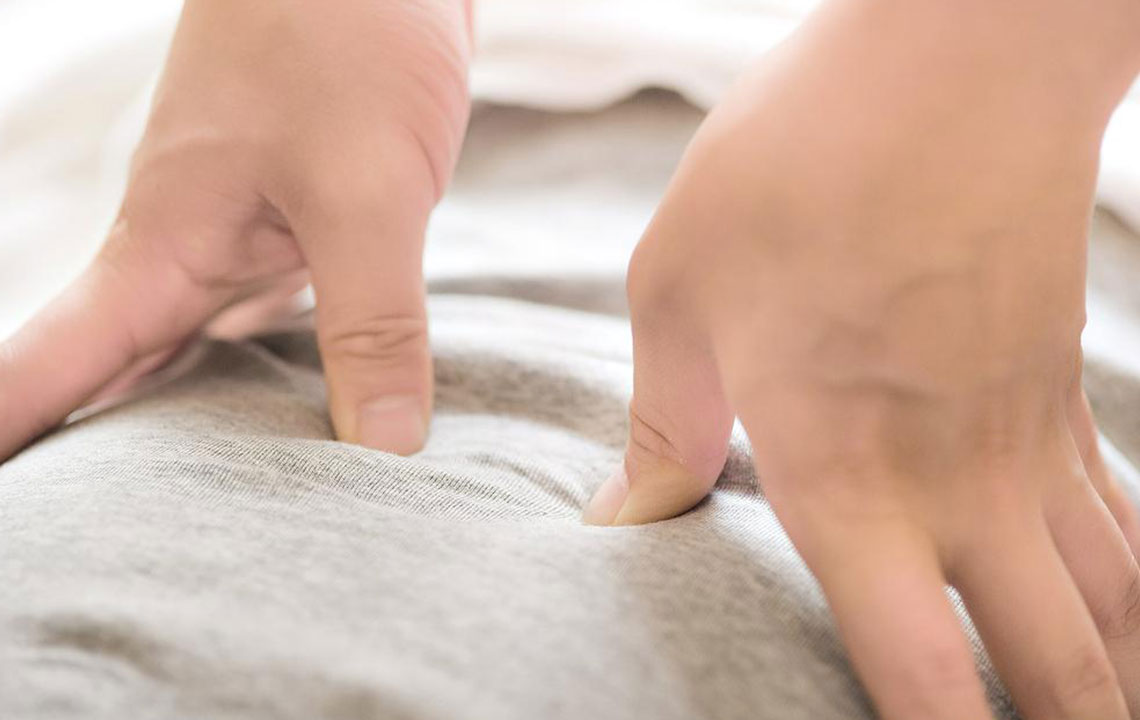Comprehensive Guide to Diabetes-Related Nerve Pain: Causes, Symptoms, and Management
This comprehensive article explores the connection between diabetes and nerve discomfort, detailing causes, affected areas, symptoms, and effective management strategies. It emphasizes the importance of early detection and lifestyle modifications in preventing severe complications like diabetic foot ulcers and amputations. With insights on nerve damage mechanisms and treatment options, the article aims to equip diabetic patients and healthcare providers with knowledge to better handle nerve-related issues associated with diabetes.

Understanding the Deep Connection Between Diabetes and Nerve Discomfort
Diabetes mellitus, a chronic metabolic disorder characterized by elevated blood sugar levels, affects millions worldwide. Among its many complications, nerve damage, clinically known as diabetic neuropathy, stands out as one of the most common and debilitating issues faced by diabetic patients. This nerve discomfort can significantly impair daily functioning and quality of life, making awareness and management crucial for those living with both type 1 and type 2 diabetes.
What causes nerve pain in diabetics? The root cause primarily revolves around sustained hyperglycemia—persistently high blood glucose levels. Over time, excess glucose damages small blood vessels (microvascular damage) that supply vital nutrients and oxygen to nerves. This damage disrupts normal nerve function, leading to pain, numbness, and other sensory disturbances. The intricate relationship between high blood sugar and nerve health emphasizes the importance of tight glycemic control in preventing or delaying neuropathic complications.
The pathophysiology extends beyond blood vessel damage; high glucose levels foster oxidative stress, inflammation, and metabolic disturbances that further impair nerve integrity. Studies indicate that elevated blood pressure within nerves (nerve blood pressure) also contributes to nerve ischemia, aggravating discomfort and dysfunction.
Diabetic nerve pain, or neuropathy, often presents as a combination of symptoms arising from nerve fiber damage. Those with poorly controlled blood glucose levels are at higher risk, especially smokers and individuals with concurrent hypertension or lipid abnormalities. The presence of nerve damage not only causes pain but can also impair motor functions and reduce sensation, increasing susceptibility to injuries and infections.
Which areas of the body are most vulnerable? The peripheral nerves—the nerves outside the brain and spinal cord—most commonly suffer in diabetic neuropathy. The lower extremities, especially the feet and legs, are the most affected regions. Sensory nerves in these areas tend to deteriorate first, leading to symptoms like numbness and tingling. Hands and arms may also be affected, though typically at a later stage.
Particularly problematic is diabetic foot syndrome, where nerve damage impairs sensation, making minor injuries or ulcers go unnoticed. Over time, untreated wounds can become infected, leading to severe complications including amputation. Regular foot assessments—ideally at least once a year—are essential for early detection of neuropathic changes and circulatory issues.
In addition to nerve-specific symptoms, circulatory problems can exacerbate nerve damage, creating a vicious cycle of worsening tissue health. Detecting early signs is vital for effective intervention.
What are the warning signs? Individuals with diabetic neuropathy should be vigilant for symptoms like burning, stabbing, or shooting pains—often described as prickling or tingling sensations—in their extremities. Symptoms may intensify at night or with certain activities. Loss of sensation may also lead to unnoticed injuries, increasing infection risk.
If you notice any symptoms resembling nerve discomfort, prompt consultation with a healthcare professional is recommended. Effective management may include medications such as Invokana, Tanzeum, or Glucagon, alongside lifestyle modifications. Your healthcare provider can personalize treatment plans based on your age, severity of pain, and overall health status.
Beyond pharmacological options, lifestyle changes such as maintaining optimal blood sugar levels, engaging in regular physical activity, controlling blood pressure, and avoiding smoking are fundamental in managing diabetic neuropathy.
Long-term strategies also involve patient education on foot care, routine screenings, and managing associated risk factors like dyslipidemia. Emerging therapies and research continue to explore ways to repair nerve damage and improve quality of life for diabetic individuals.





